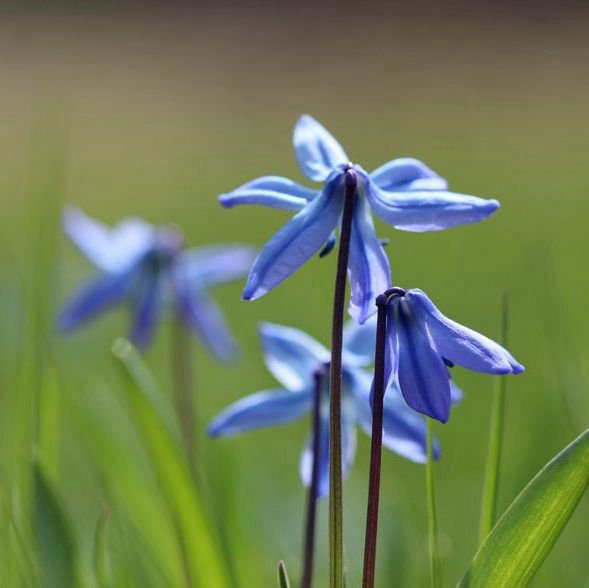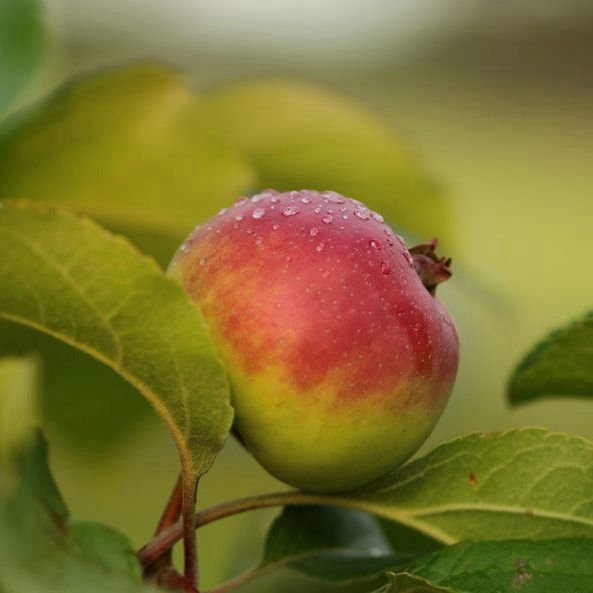Copyright © 2002 Gray Seal
Most calendars are linear. You see them beautifully illustrated, showing one month at a time; you see them showing a whole year at a glance, printed in neat rows of three or four months each. This reflects our acceptance of time as linear, and our tendency to forget that the past has anything to do with the present or the future.
Wicca’s calendar, the Wheel of the Year, is different. Wicca’s calendar is round, reflecting our understanding that life is not linear, but cyclical. As a round table allows everyone seated to see everyone else and keeps anyone’s position at the table from being more important than anyone else’s, so does Wicca’s round calendar, the Wheel, let us see the relationship of each Sabbat to the others, and keep any from being more significant than any other.At Yule, which occurs at the time of the winter solstice in December, the Lady gives birth to the Lord and rests from her labor.
The Wheel of the Year actually combines two calendars: the agricultural and the astronomical. (That’s astronomical, not astrological. Although many Wiccans are interested in astrology, astrology is not “part of” Wicca.) The agricultural year is concerned with when to plant and harvest, and when to move domestic herds from the pasture to the barn; the astronomical calendar relates to the tides and seasons, which depend on the relative position of the Earth to the Sun and Moon








